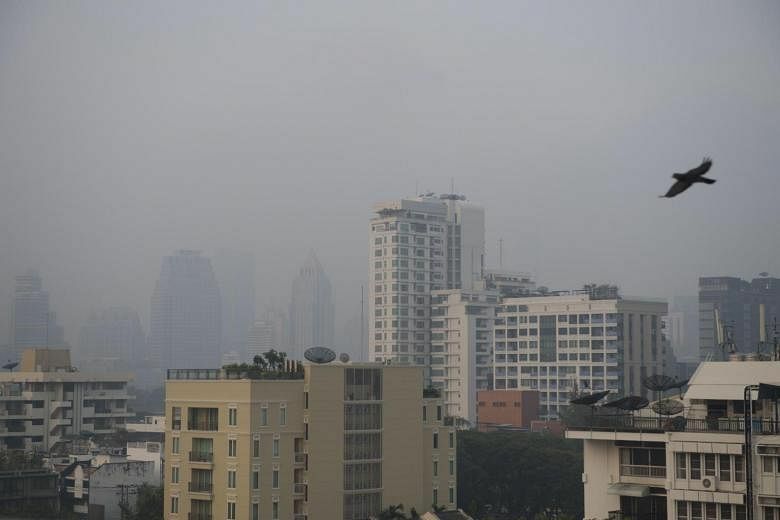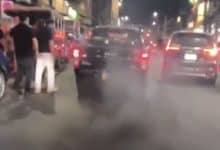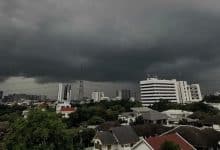Fine dust pollution spikes across Thailand, Bangkok plans tree-planting pilot

Intensified fine dust pollution has led to heightened levels of fine particulate matter under 2.5 microns, known as PM2.5, in 30 provinces across Thailand, including Bangkok. This development was recorded yesterday through the satellite-based Check Foon application, developed by the Geo-Informatics and Space Technology Development Agency (GISTDA).
Samut Songkhram experienced the highest dust level, peaking at 84.1 microgrammes per cubic metre (µg/m³) at 8am. This level significantly surpassed the safe threshold of 50µg/m³, making it the only province to reach a code red status, indicating potentially harmful air. Most other provinces affected by the haze had an orange or unhealthy status.
Out of the 42 districts in Bangkok, all fell under the orange category yesterday. Phra Khanong, Don Muang, Laksi, Bangkok Yai, and Bang Na districts reported the highest levels of fine dust. The application, updated hourly, predicted a rise from orange to red in many areas over the next hours, based on PM2.5 data from the Pollution Control Department (PCD) and the Meteorological Department.
GISTDA data from Wednesday showed 159 hotspots across the country. These hotspots, responsible for the fine dust surge, were mostly found in agricultural areas (96), followed by communities and other areas (19), Sor Por Kor agricultural land areas (26), national forest parks (13), highways (four), and one forest reserve. The highest number of hotspots were in Kalasin (13), Roi Et (12), and Saraburi (11).
Chaiwat Chuntirapong, director-general of the Disaster Prevention and Mitigation Department, revealed that the PCD’s air quality data suggests that the fine dust pollution is likely to remain concentrated in Bangkok and surrounding provinces until Sunday. This is due to the influence of a cold mass from the north and the absence of rain.
In an effort to combat the fine dust issue, the Bangkok Metropolitan Administration (BMA) plans to launch a pilot project to plant trees along Ratchadaphisek Road, a notorious traffic hotspot. The project aims to improve the landscape and reduce dust pollution.
Landscape meeting
A meeting yesterday, chaired by Deputy City Clerk Chatree Wattanakhajorn, was held to discuss the improvement of the landscape along Ratchadaphisek Road. Representatives from several agencies, including the BMA’s Environment Department, attended the meeting. The meeting focused on identifying the best trees to filter dust along the road and devising traffic management designs with pedestrian safety in mind.
King Mongkut’s University of Technology Thonburi will collaborate with the concerned agencies to identify suitable trees for planting along the road. Initially, the plan will be implemented from the Rama IX Intersection to Wong Sawang Intersection in Din Daeng, Huai Khwang, Chatuchak, and Bang Sue districts. If successful, the initiative will be extended to other city roads, reported Bangkok Post.
Latest Thailand News
Follow The Thaiger on Google News:


























